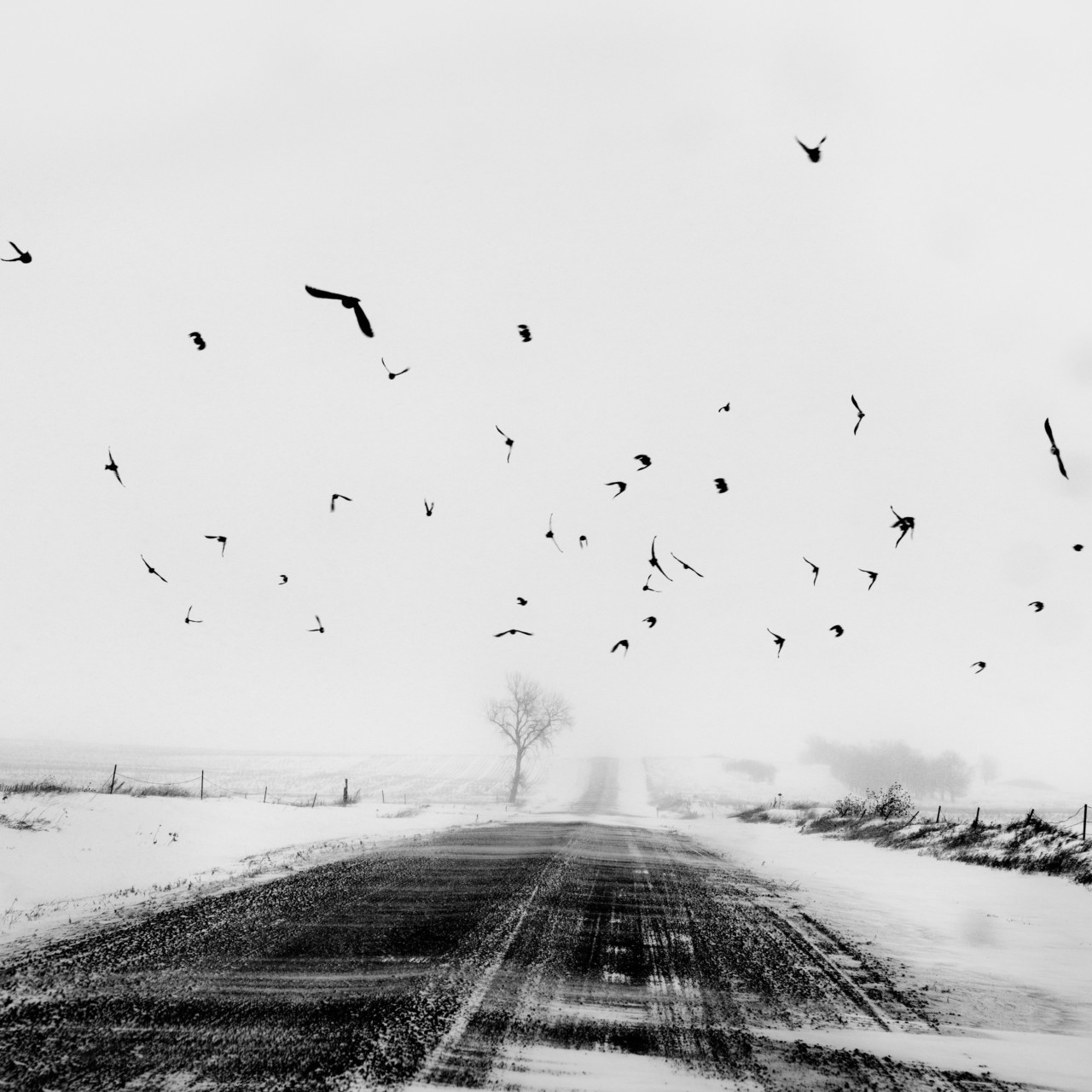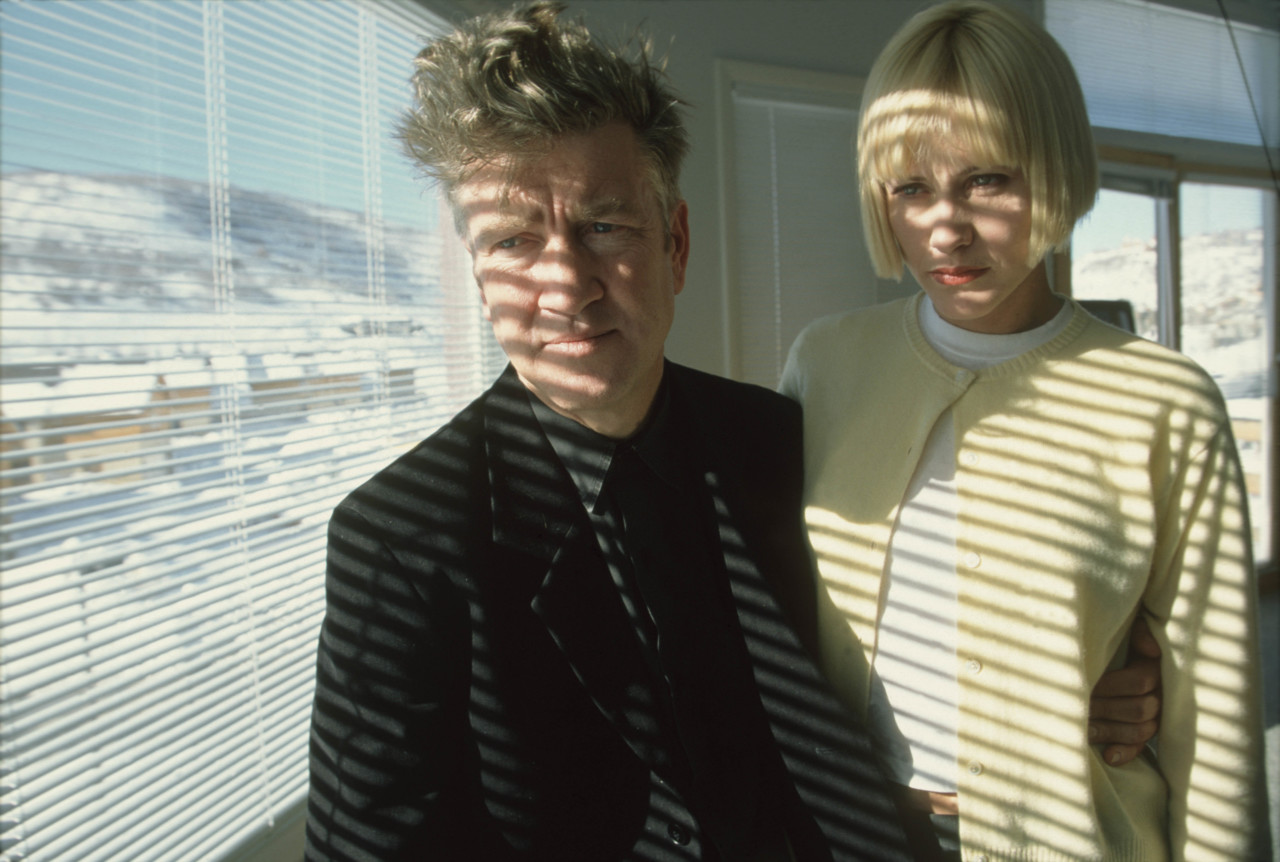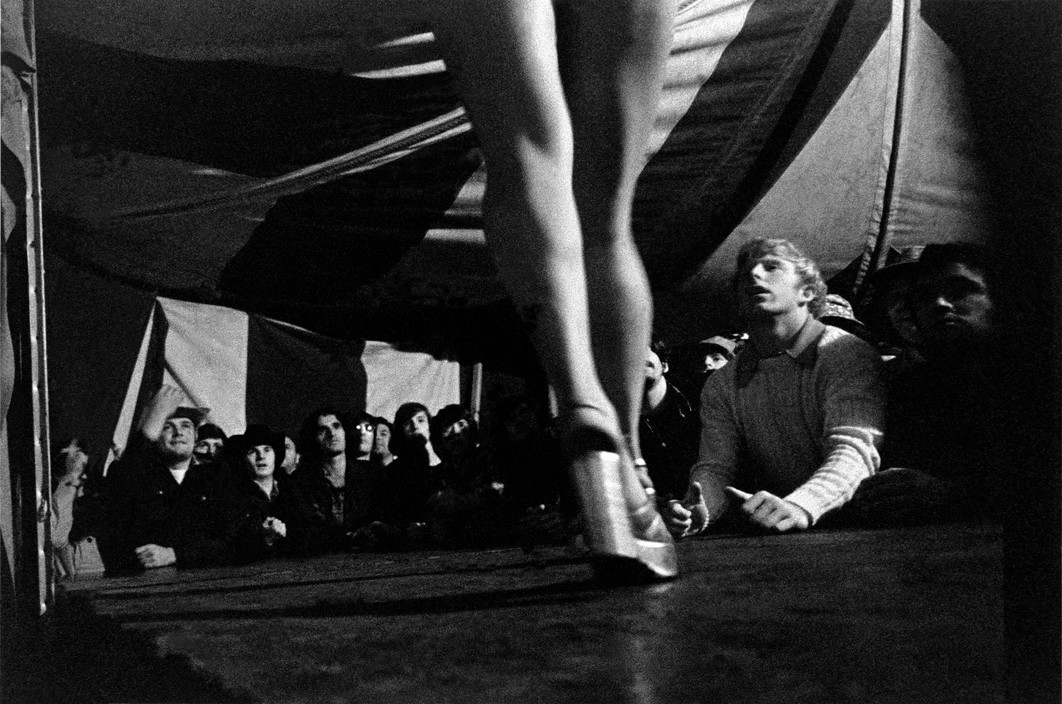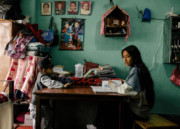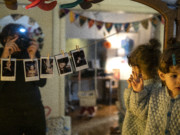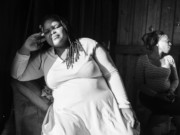The Magnum Digest: What Not to Miss This Week: January 28, 2018
New published work by Matt Black and Peter van Agtmael, Susan Meiselas on Carnival Strippers, Gerda Taro news, David Lynch and more
States of Vulnerability
Matt Black‘s country-wide project documenting poverty in America continues. The latest trip for Geography of Poverty has been published by TIME, along with notes from his personal diaries. See it here.
The Ranchlands of Oregon
Peter van Agtmael travelled to the ranchlands of rural Oregon for The New York Times, photographing the lives of people who believe that their way of life is under threat. See the full feature here.
The Closing of Tower Colliery
BBC Wales marks a decade since the closure of the last deep coal mine in Wales. On 25 January 2008, Tower Colliery in the Cynon Valley officially closed. The story of Tower was made famous when its miners bought the ownership of the colliery in January 1995. During the same period, photographers Martin Parr (1993) and Peter Marlow (1996) both visited the mine to document life underground at Tower. See the photo gallery here.
Gerda Taro Photo Mystery
The Guardian has unearthed a photograph proposed to be Gerda Taro being treated by a doctor on what could be her death bed. The photographer covered the Spanish civil war with her partner Robert Capa, and died the day after becoming fatally injured while covering a fierce battle in Brunete, west of Madrid. It is believed that she was the first female photojournalist to die in combat. Read The Guardian‘s article on the mysterious photograph here.
David Lynch by Susan Mieselas
The Guardian considered the context of this portrait by Susan Meiselas of director David Lynch and actress Patricia Arquette at the Sundance Film Festival in 1997, when Lost Highway was debuted. Read the article here.
Susan Meiselas on shooting Carnival Strippers
The British Journal of Photography spoke to Susan Meiselas about the time she spent photographing and interviewing women who performed striptease for small town carnivals in New England, Pennsylvania, and South Carolina. As she followed the girl shows from town to town, she portrayed the dancers on stage and off, photographing their public performances as well as their private lives. She also taped interviews with the dancers, their boyfriends, the show managers, and paying customers. Read the feature about the making of the work here.


